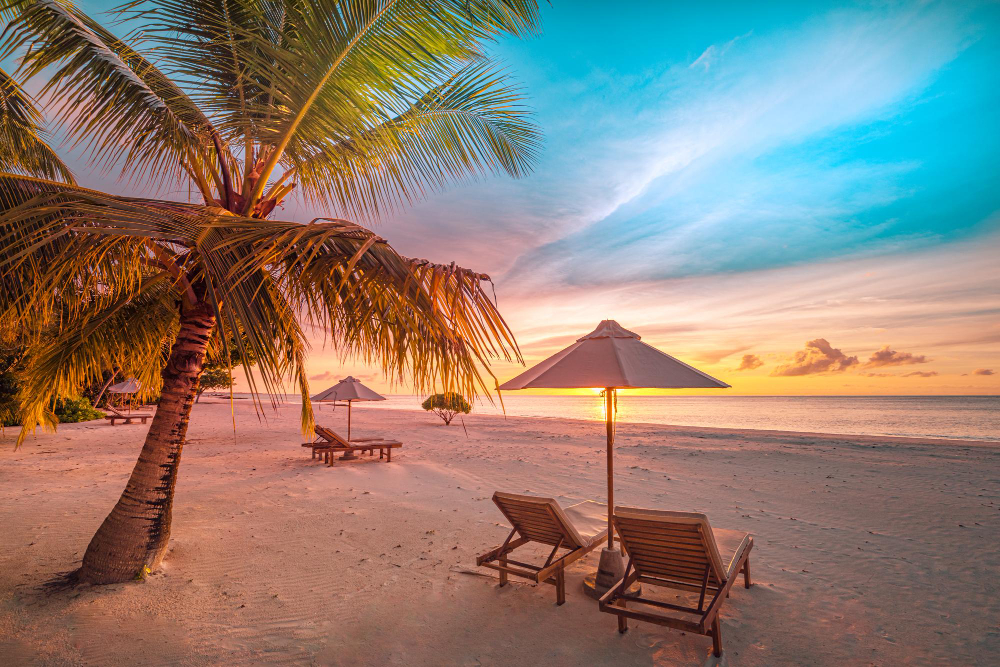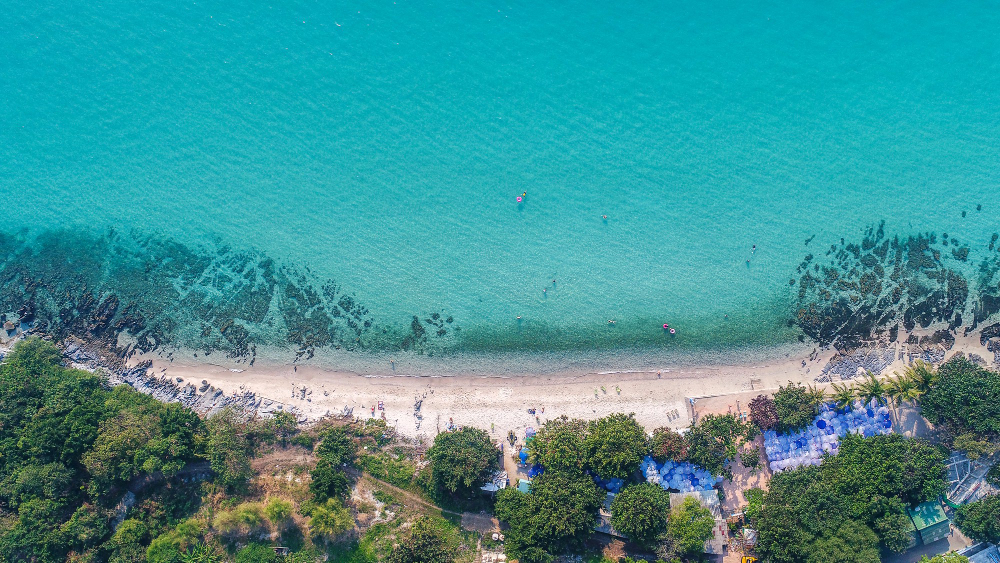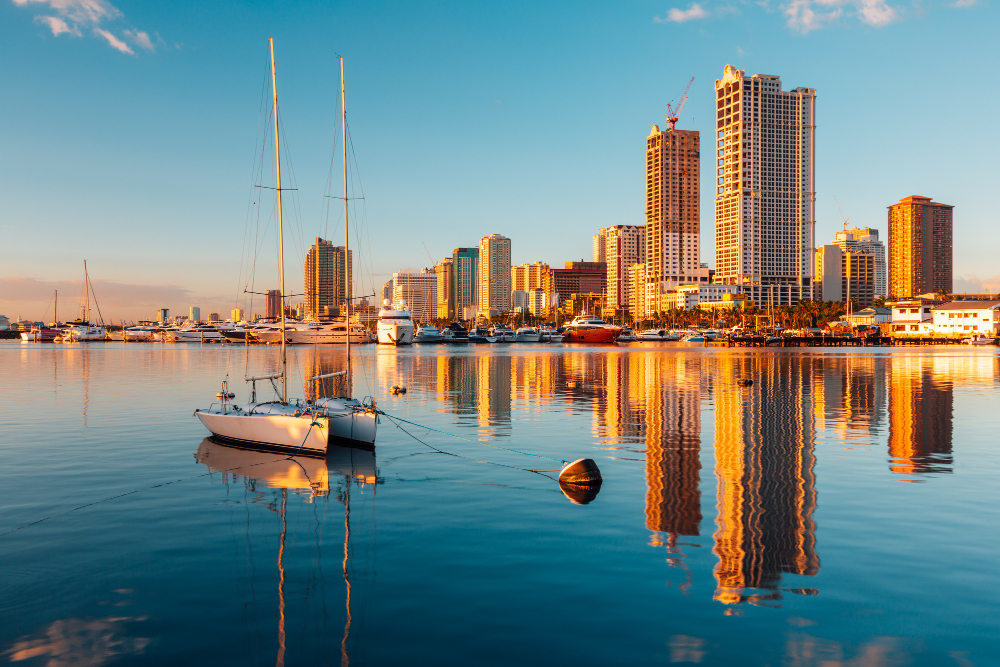The Growth of the Philippine Tourism Industry and Its Effects on the Real Estate Development

The Philippine tourism industry has grown significantly in the last decade, with the number of international visitors increasing every year. This has led to an increase in demand for housing and other real estate developments.
The tourism industry is one of the fastest-growing industries in the Philippines, and it has been for several years now. In fact, in 2022 alone, there were over 2 million foreign visitors who visited our country. These international tourist arrivals mean that more and more people are interested in seeing what we offer as a nation. With this rising popularity comes an increase in demand for real estate development projects within certain areas of interest (i.e., beaches).
This article aims to explain how these two factors relate to each other so as to determine how they may impact the real estate market in the country.
The Philippine Tourism Industry: A Snapshot
In the last few decades, the Philippines has seen a surge in domestic and foreign tourist arrivals. The country’s unique combination of natural beauty, culture, and history has made it an attractive destination for travelers looking for something different.
The Philippines has over 7,000 islands, with thousands more still to be discovered. The country has many different landscapes, including mountains and tropical forests. With such a diverse range of scenery available, it’s no wonder that many tourists are drawn to the country.
Factors Contributing to the Growth of the Philippine Tourism Industry
The Philippine tourism industry is growing at an exponential rate, which has led to the development of new resorts and other venues for accommodation. The government has invested heavily in promoting tourism and creating a favorable environment for real estate investors.
In addition to government initiatives, economic factors such as low inflation rates and strong domestic demand have contributed greatly to this growth. Also noteworthy is the fact that the majority of Filipinos live near coastlines or beaches where they can easily access various tourist destinations.
Government Initiatives
The government of the Philippines has been a strong supporter of tourism. It has embarked on many initiatives to promote the industry, including:
- Tourism policies and programs that help shape the industry’s development;
- Infrastructure development projects aimed at improving connectivity between tourist destinations; and
- Marketing and promotion efforts to attract more visitors from around the world
Economic Factors
The growth of the Philippine tourism industry and its effects on real estate development are closely linked to economic factors. For example, the increase in foreign investment has been driven by several factors such as improved infrastructure, a growing middle class with disposable income, and low cost of travel and accommodations.
Socio-Cultural Factors
The growth of the Philippine tourism industry has been a boon to real estate developers. The country’s unique culture and cuisine, friendly locals, and social media influencers have helped make it one of Asia’s most popular destinations.
The rise of social media has played a significant role in this growth. An increasing number of travelers are relying on platforms like Instagram, YouTube, and Snapchat to learn about new destinations before they travel there. Influencers often share pictures from trips around Southeast Asia; these images give potential visitors an idea about what they can expect when visiting those places themselves. They also help promote tourism within each country–so even if you’re not familiar with its reputation beforehand, after viewing some photos online you might find yourself wanting to visit anyway.

Effects of Tourism Growth on the Real Estate Development
The growth of the Philippine tourism industry has had a positive effect on real estate development process. In particular, it has increased demand for accommodations and created opportunities for investment in tourism-related infrastructure.
The increase in demand for accommodations has led to an increase in supply as well. Construction companies are putting up new hotels and resorts at a rapid pace, which will help meet this growing need without compromising quality or standards of service.
Meanwhile, there have also been several developments happening behind the scenes: the improvement and expansion of roads; airports being upgraded; more reliable public transportation systems being put into place; better telecommunications networks being established; faster internet connections becoming available–all these things add up to make your stay easier while giving you more reasons to return.
Increased Demand for Accommodations
The rise in tourism has led to an increase in demand for accommodations. As a result, there has been an increase in the number of hotels, resorts, and vacation rental properties being built all over the country.
As more people travel to the Philippines for their vacation or business trip needs, it’s no wonder that developers are seeing this as an opportunity to build more hotels around key destinations like Boracay Island and Palawan Province (which includes El Nido). This means more jobs are created by these new establishments.
Development of Tourism-Related Infrastructure
The growth of the tourism industry has led to the development of infrastructure to support it. The Philippines has several airports, seaports, and highways that serve as transportation hubs for tourists. It also boasts numerous museums and other tourist attractions such as theme parks that attract visitors from around the world.
Real Estate Investment Opportunities
The growth of the Philippine tourism industry has created new opportunities for real estate investment. Foreign and local investors are now looking to invest in commercial or residential buildings and properties, particularly in areas that are easily accessible to tourist destinations.
The rise in demand for hotels, resorts, villas, and condominiums has led to higher prices for these properties. Investors who want to benefit from these trends should consider purchasing real estate now before prices increase further.
Contact AllProperties to talk with real estate agents in the Philippines!
Challenges and Implications for the Real estate Industry
The Philippine tourism industry is growing at a rapid pace, with revenues increasing every year. This growth has implications for any real estate developer as they seek to capitalize on emerging trends and opportunities in the sector.
The challenges associated with this growth are primarily environmental sustainability, natural resources, and balancing property development with local communities. For example, many areas near beaches have been developed into resorts and hotels that can accommodate large crowds of tourists during peak seasons; however, these developments may not be sustainable over time if proper consideration is not given to waste management or pollution control measures. In addition, many homeowners have complained about increased noise levels due to increased traffic congestion caused by visitors who come from faraway places such as Manila or Cebu City.

The Philippine tourism sector has grown significantly over the past decade and will continue to do so in the future. This growth has had a positive impact on real estate development, particularly along coastal areas where tourists tend to flock.
To sustain this progress in both sectors, it is important for government agencies and private property developers in the real estate industry alike to implement sustainable and inclusive strategies that account for climate change adaptation measures as well as other environmental concerns such as biodiversity protection.
The country has seen an increase in both domestic and international visitors as well as an increase in foreign investment. This growth is expected to continue into 2024 and beyond, which means that there will be more opportunities for real estate developers to capitalize on this growing market.




